NEW YORK CITY’S IRISH HOUSE OF LORDS (1912)
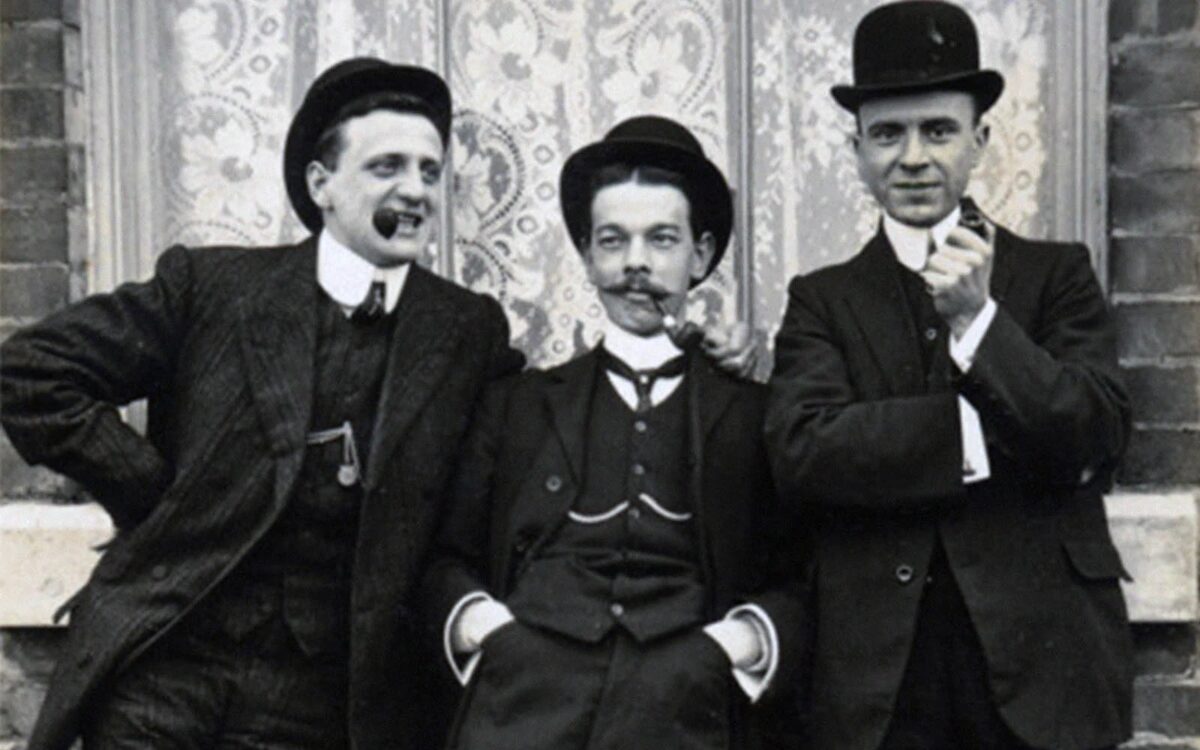
Brownstone Detectives investigates the history of our clients’ homes.
The story you are about to read was composed from research conducted in the course of one of those investigations.
Do you know the history of YOUR house?
********************************************************************************************************************************
“(New York City) is never the same city for a dozen years together. A man born in New York forty years ago finds nothing, absolutely nothing, of the New York he knew. If he chance to stumble upon a few old houses not yet leveled, he is fortunate. But the landmarks, the objects which marked the city to him, as a city, are gone.” – Harper’s Monthly, 1856
The building, which had been purchased half a century before in 1860, at the princely sum of $10K, by the then-current owner, John Sheehy, had, through the death of said owner, been forced in 1912 upon the chopping block for sale to the highest bidder.
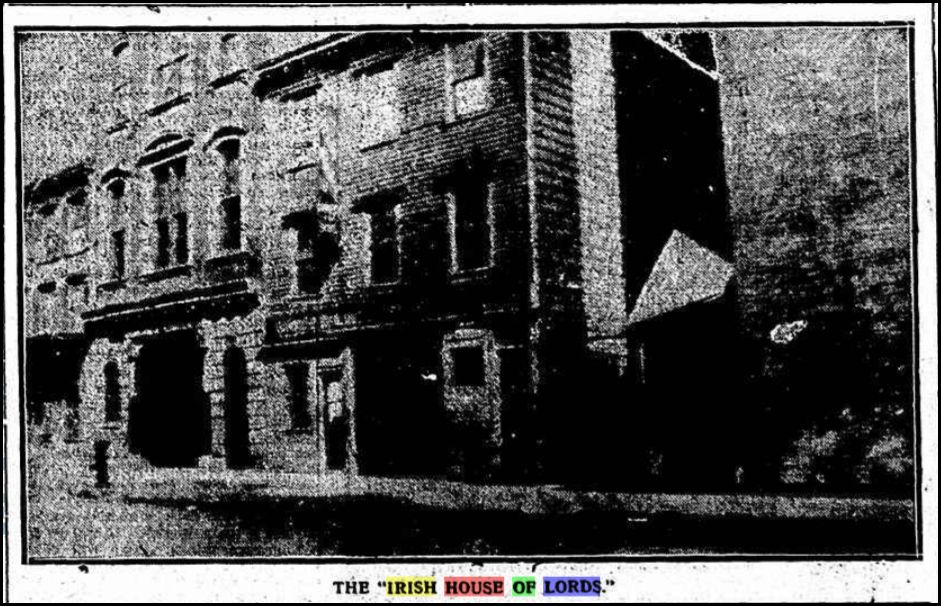
The history of the structure, though, had been more known, in some ways, to the British War Department of the past half century than it had been, generally, to many of the locals of Yorkville where it had stood for more than most could remember. For, it had taken on the fantastical aura of the gathering place of patriots, as well as the auspicious mantel of the “Irish House of Lords.”
But as 1912 dawned, the old-timers who remembered the history of the structure worried about its future, not so much for what the structure could continue to be, but more so for what it had represented – what it had been.
“The Irish House of Lords,” wrote The Sun on 25 February 1912, “as the three story frame house at 161 East Eighty-fifth street has been known for half a century, is coming down. Messrs. Brill and Moss (Sol Brill & Benjamin S. Moss), who operate the Eighty-sixth Street Theatre, bought the property at auction a few weeks ago and are contemplating extending the playhouse over the landmark.
“When the theatrical men bought the property it was thought that it would only be altered. Yesterday when the news got about Yorkville that the house was coming down much regret was expressed, especially by the older residents of the section.”
THE IRISH HOUSE OF LORDS
The wood frame structure was probably about a quarter century old already by the time John Sheehy bought the place in the 1860s. It was in a neighborhood that was increasingly becoming the gathering place for the horses, carriages, and chauffeurs who worked for those monied individuals living further west in the fantastic mansions increasingly being built on the city’s main avenues.
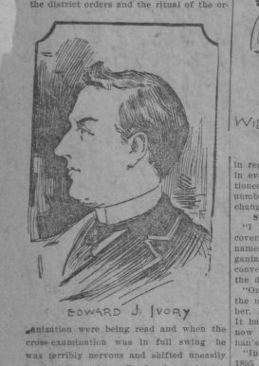
Sheehy had just come to New York from Ireland a few years before the purchase. After a few years of hard work (as a liveryman in downtown New York), he married and settled down, and, in his wife’s name, he bought the two story frame house in East Eighty-fifth street and, subsequently, moved his business uptown. There he opened and managed his livery stable and made his home upstairs.
His kindly manner and ready wit, though, was what “won him a host of friends” and over the years “his table soon became the rendezvous for groups of kindred spirits.
“Thither came every evening, when the tasks of the day were over, those who were known as the ‘members’ of the ‘House of Lords.’ During fifty years, and even up to Mr. Sheehy’s death about a year ago, these nightly sessions continued.
“There visited Edward C. Sheehy, formerly a Tax Commissioner; ‘Larry’ Delmour; Captain John Fleming, a contractor; Patrick Darcy and William Dalton, both asphalt contractors; ‘Mike’ Quinlivan, ‘the best horseshoer that ever left Ireland,’ and about twenty others, who with John Sheehy as the central figure of the group, gave the place an interest all its own.
And there were even international figures that visited the “House,” which contributed to the irony of the “Lords” moniker.
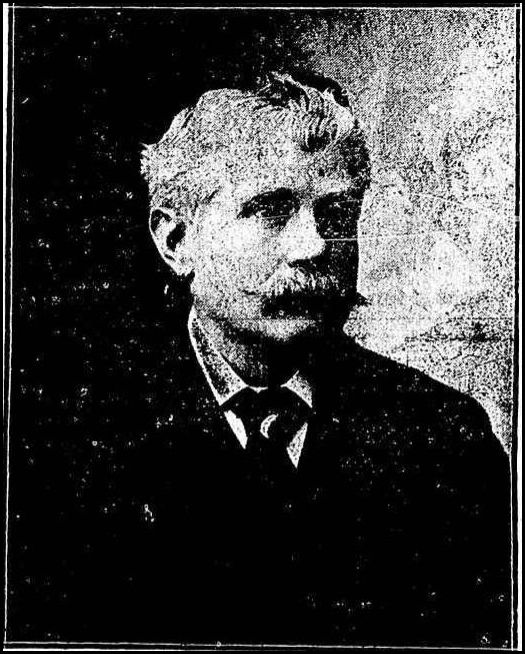
“When John F. Mclntyre came back from England, in ’95, I think It was,” noted Edward Sheehy the former Tax Commissioner of the City of New York, a “Fenian,” himself, “from defending (Edward J.) Ivory, who had been arrested in London in connection with some dynamiting, and who was acquitted, he brought Ivory with him to the Irish House of Lords and there was a celebration, at which Mclntyre gave us the speech In which he had defended the man.
“We used to talk about plans for invading England, and we were in earnest about it, too. And it is a fact that we raised a considerable sum of money and sent it downtown to be forwarded to Ireland, and we also sent a delegate to the Dublin convention.
“We were all Fenians In those days, and later members of the Clan-na-Gael. Any Englishman who heard us talk would have felt he had some ground for suspecting us of plotting to make war in his country, and the fact is we were. We’d have been glad of the chance.”
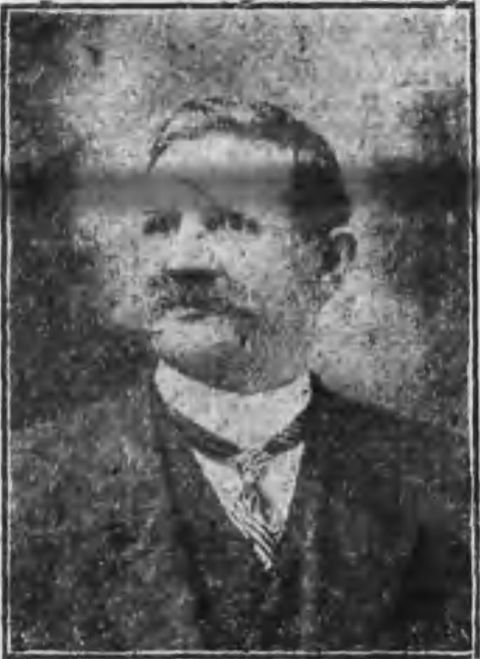
But such talk, while protected on United States turf, was the talk of war and traitors back in England, and, as such, the British War Department was said to have taken the matter seriously, paying visits in the form of spies, to the Irish House of Lords.
FENIANS, SPIES, & WIT
“Stuck away in the pigeonholes of the War Department there is said to be much matter bearing on the doings of the Irish House of Lords about thirty years ago. For several years the English Government had the place watched, fearing it was a hotbed of Fenians.
“Somebody had hinted to the British Consul in this city that a number of men were meeting there nightly for the purpose of laying plans to free Ireland. A hint was enough for the zealous Consul and he told his Government what was going on. Shortly afterward several men from the English military intelligence office were sent to this country to make observations.
Sheehy and his friends, who met each night to tell stories of the “ould sod” had no idea – at first – that they were being watched. In fact, he had hired two of the English spies to help about the stable, and they even boarded with him.
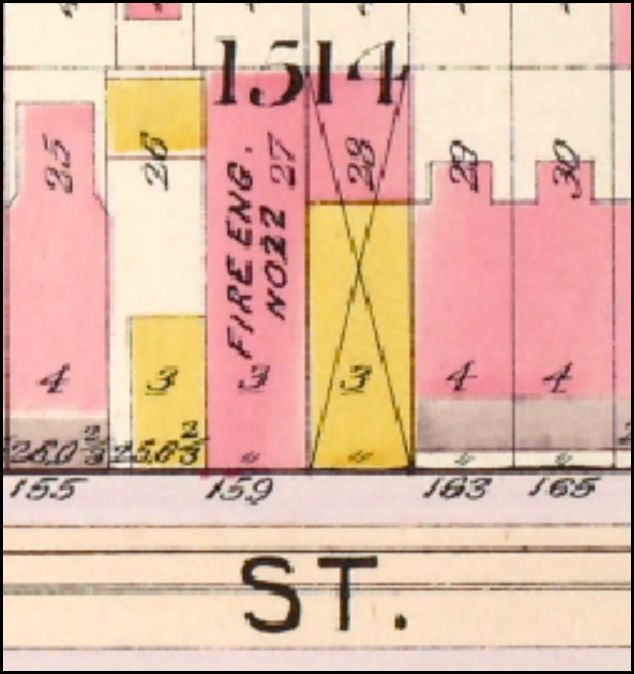
In some way or other Sheehy found out who his helpers were. He said nothing to them, but he told his associates what he had learned and how he intended to make the visit of the “boarders” to his house worthwhile.
The member of the “club” intended to deal fiercely with the suspected spy. Beatings were discussed. Death was sloe to the lips of several of the men.
“If cooler heads hadn’t interfered, I’m afraid the man would have been killed. As it was, he was pretty severely punished, and then was counseled to get out of the neighborhood. He was warned that if he was found again in any part of New York he would be murdered.
“But it was not long after his disappearance that another man put in an appearance. He was shrewder, and asked for a place. He said he had had experience as a horse driver.
These visits continued on and off over the years depending upon the fears – or intelligence – of the British government and their suspicions of the activities of the Irish House of Lords.
And these suspicions were constantly being generated by the “wildest bunch of Fenians that ever foregathered.” But how “wild” were these men and how sincere were their plans to overthrown the British government in Ireland?
FENIANS OR TRICKSTERS?
“Every night plans were mapped for an uprising in Ireland. Unlike most revolutionists, their plans were told in voices loud enough for their English friends to hear. False reports of munitions of war were reported. Treasurers’ statements claiming large sums of money for the cause were read. Speeches criticizing delay were made and it was suggested that a committee be appointed to buy one of the many old ships along the 8outh Brooklyn water front to take the arms that had been collected to Ireland. Pictures of a ship were prepared which they called the Emerald Isle, the first of the Irish navy.
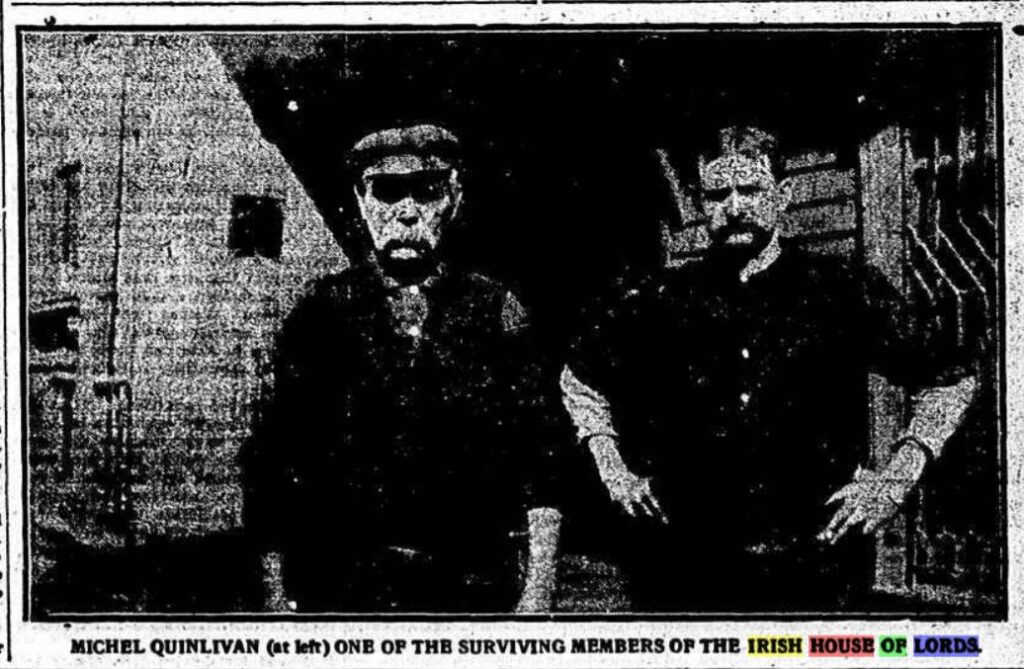
There is little doubt that all this information continue to be sent to London and preparations made to meet an uprising. Color was given to this talk by the fact that there was a strong anti-English feeling in Ireland. All this unrest was attributed to the activities of the Irish House of Lords.
It was about this time that a British cruiser came to New York harbor, and to prevent its destruction by the bold band that made its headquarters in the Eighty-fifth street house torpedo nets were strung about the ship and picket boats crowded with armed sailors patrolled around the ship every night. This precaution has been attributed to other causes. After three years of espionage the English Government recalled its men.
The scare that the “Queen’s navee” received has always been a great joke with the members of the Irish House of Lords.
(Much of this story was borrowed liberally from the pages of The Sun & the New York Herald.)
———————————————————————————————————————–
 Brownstone Detectives is an historic property research agency. Our mission is to document and save the histories of our clients’ homes. From our research, we produce our celebrated House History Books and House History Reports. Contact us today to begin discovering the history of your home.
Brownstone Detectives is an historic property research agency. Our mission is to document and save the histories of our clients’ homes. From our research, we produce our celebrated House History Books and House History Reports. Contact us today to begin discovering the history of your home.